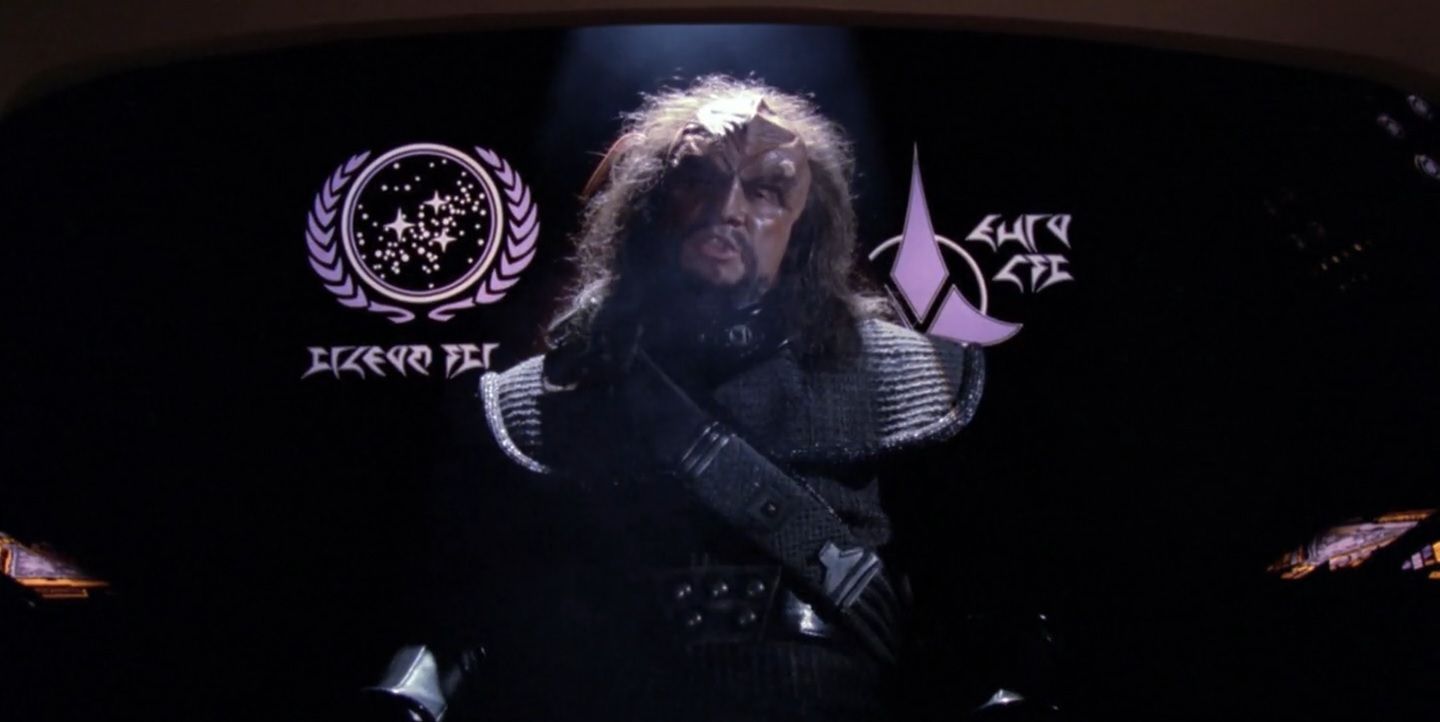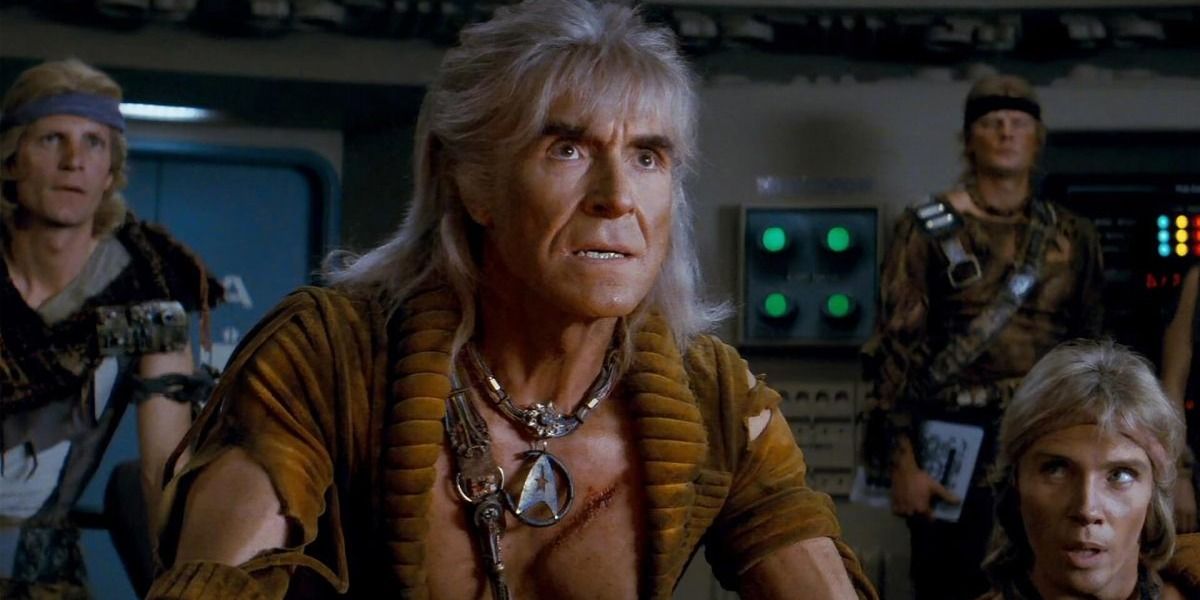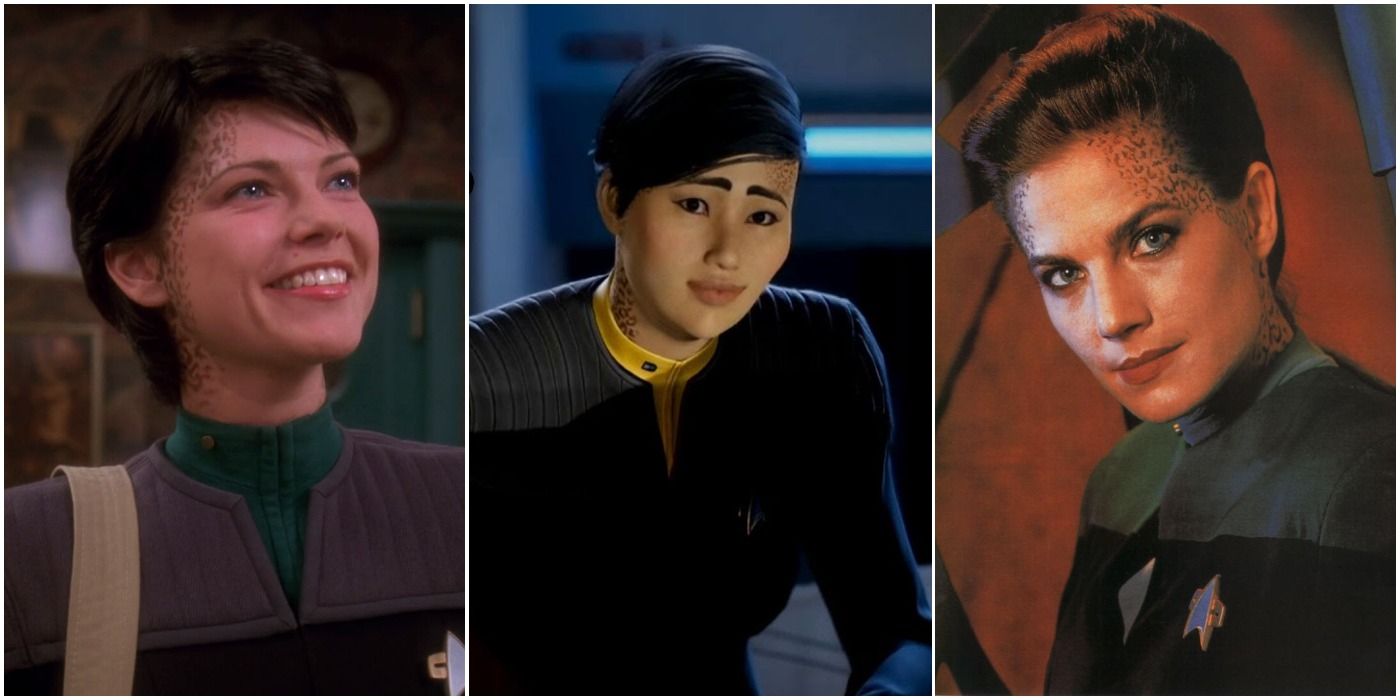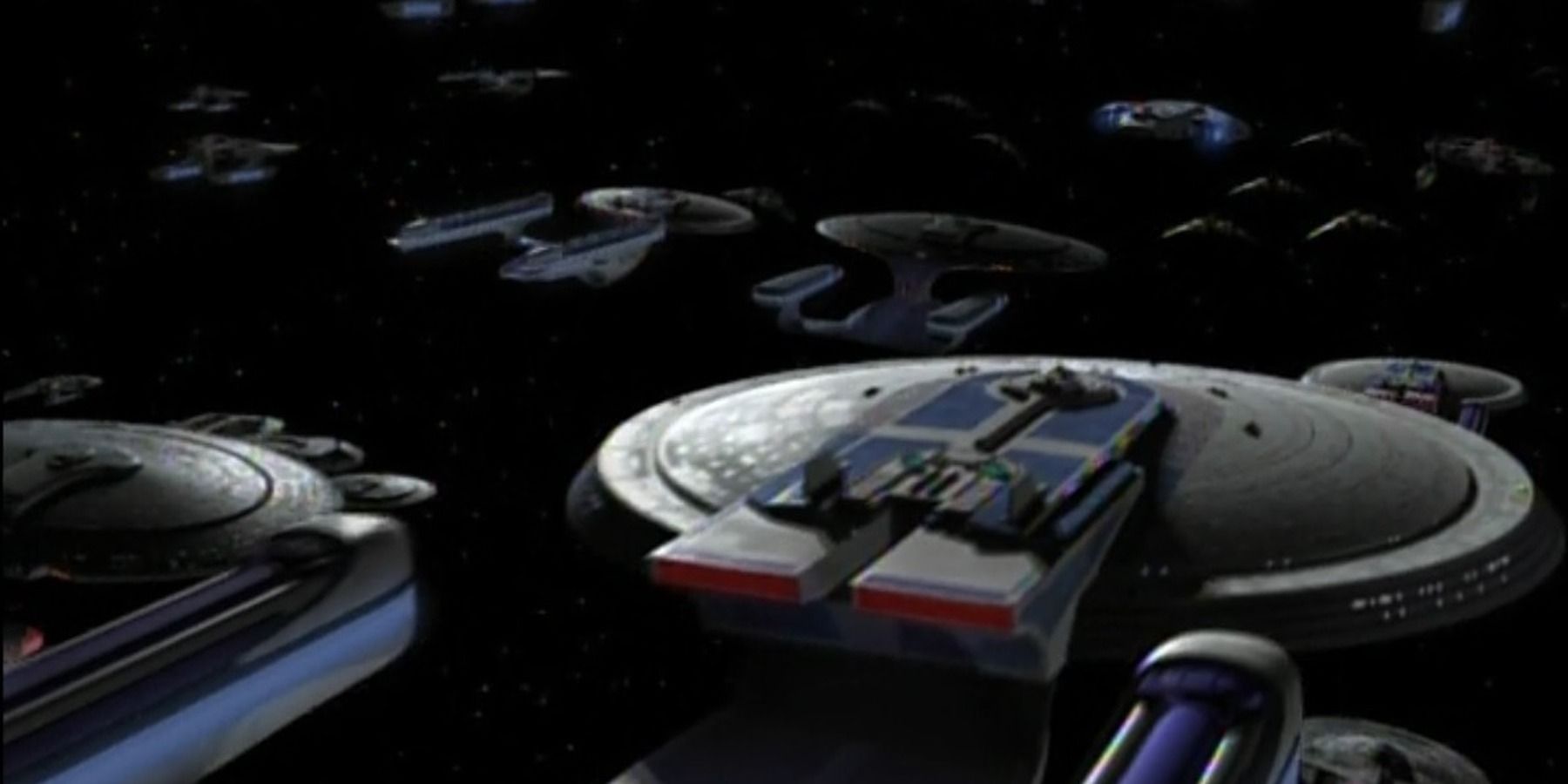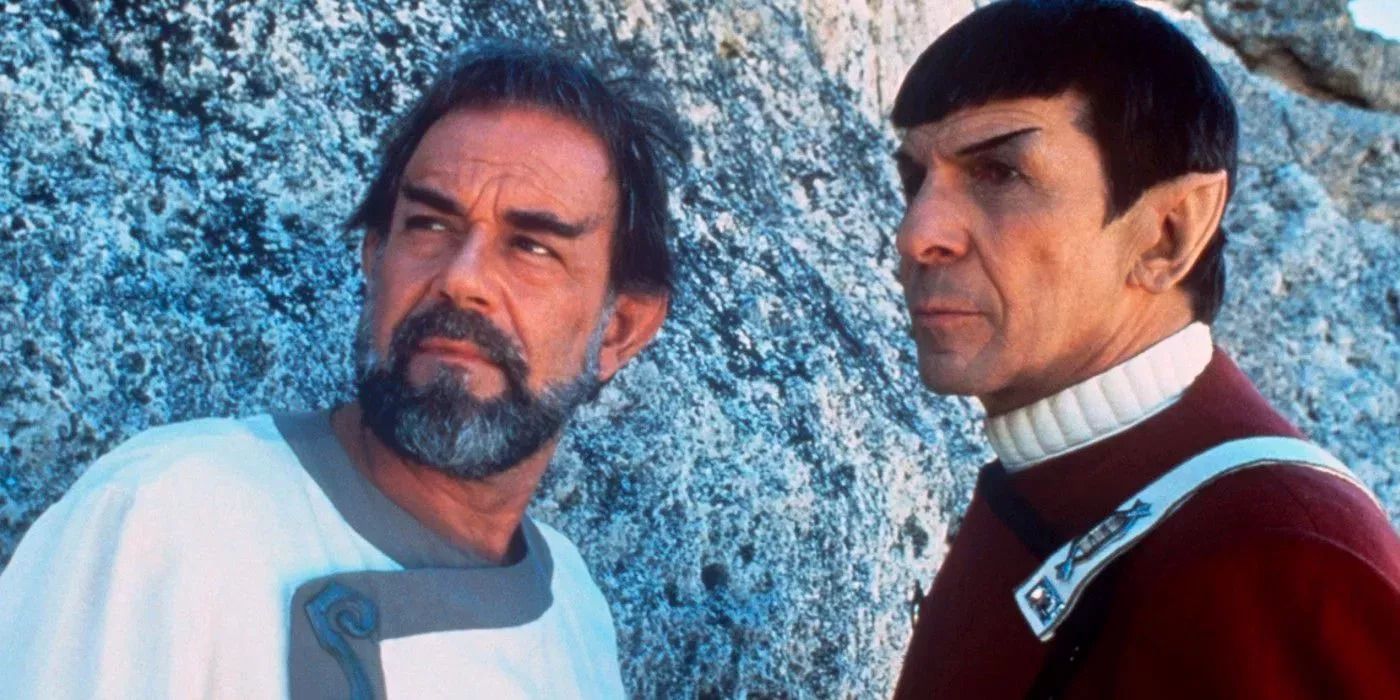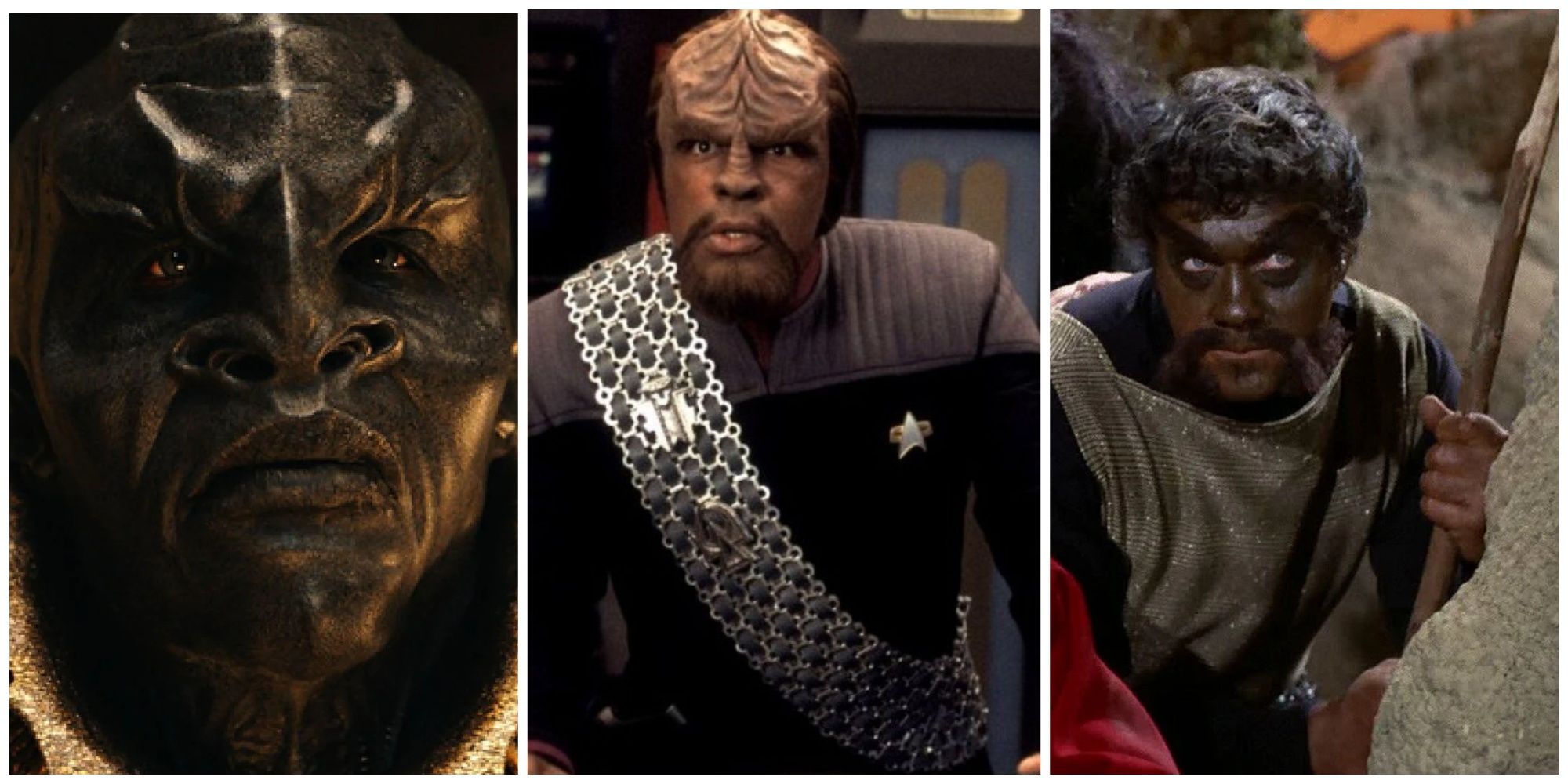Highlights
- Star Trek’s Federation and Klingon relationship is a source of debate among fans over formal membership vs. alliance.
- The infamous Eugenics Wars conflict was pushed into the mid-21st century due to timeline discrepancies in the show.
- Klingons have undergone significant changes in appearance and behavior throughout the Star Trek franchise.
Gene Roddenberry’s Star Trek franchise is full of iconic heroes, aliens, and starships. Set centuries in the future, it imagines a galaxy where the human race has abandoned its worst tendencies in favor of exploring the wonders of the galaxy. This format has proven remarkably successful, as Star Trek: The Original Series overcame initially poor odds to spawn over half a dozen spin-off series, as well as several movies and hundreds of books, comics, and video games.
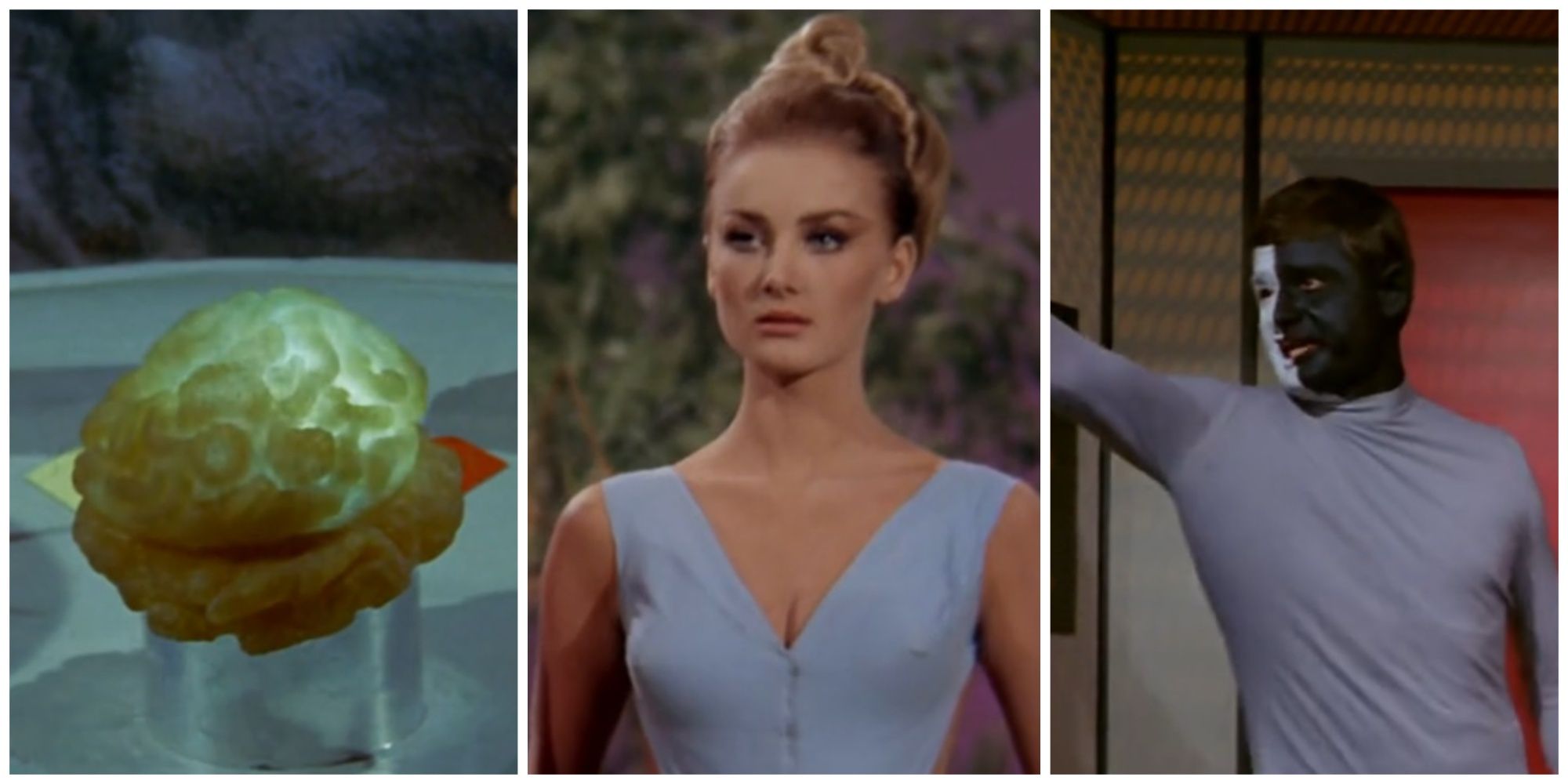
Star Trek: 7 Alien Civilizations Discovered By Captain Kirk
Throughout the Star Trek franchise, Captain Kirk has met a diverse array of alien civilizations, as these examples illustrate.
Yet like every long-running franchise, the universe of Star Trek is full of contradictions, forgetful writers, and behind-the-scenes errors. From Spock’s rapidly growing family tree to numerous issues involving the Klingons, it’s safe to say that the final frontier is far from set in stone.
6 The Members of the Federation
How Far-Reaching Is The Utopian Alliance?
Despite representing the undisputed system of government for Earth and countless other worlds, very little concrete information is divulged about the Federation and its members throughout the Star Trek franchise. The size of the alliance fluctuates wildly depending on the source consulted: while The Original Series implies that there are just over 30 worlds in the Federation, information related to the more-or-less concurrent Kelvin timeline suggests a group at least four times larger. While this discrepancy can be attributed to divergent timelines, one point of contention remains: the status of the Klingon Empire.
While it’s undeniable that the Federation and the Klingon Empire were allies during The Next Generation, various set dressing details and throwaway lines hint at a deep relationship. A Klingon starship carries the Federation flag on its bridge in “Heart of Glory”, perhaps implying membership, while a later conversation between Picard and Wesley Crusher is even more explicit. In “Samaritan Snare”, Wesley refers to a time “before the Klingons joined the Federation”. However, many fans discount this line, suggesting that it refers to the Treaty of Alliance rather than formal membership.
5 The Eugenics Wars
What Actually Happened? (And When?)
The infamous Eugenics Wars (first referenced in The Original Series episode “Space Seed”) was a devastating conflict that killed millions and resulted in humanity abandoning its research into genetic augmentation. According to a conversation between Captain Kirk and Doctor McCoy, the conflict took place between 1992 and 1996—the distant future for viewers of the episode’s original broadcast. However, given that the mid-nineties came and went without any global conflict, Star Trek‘s writers have subsequently scrambled to reconcile sixties’ world-building with contemporary knowledge.
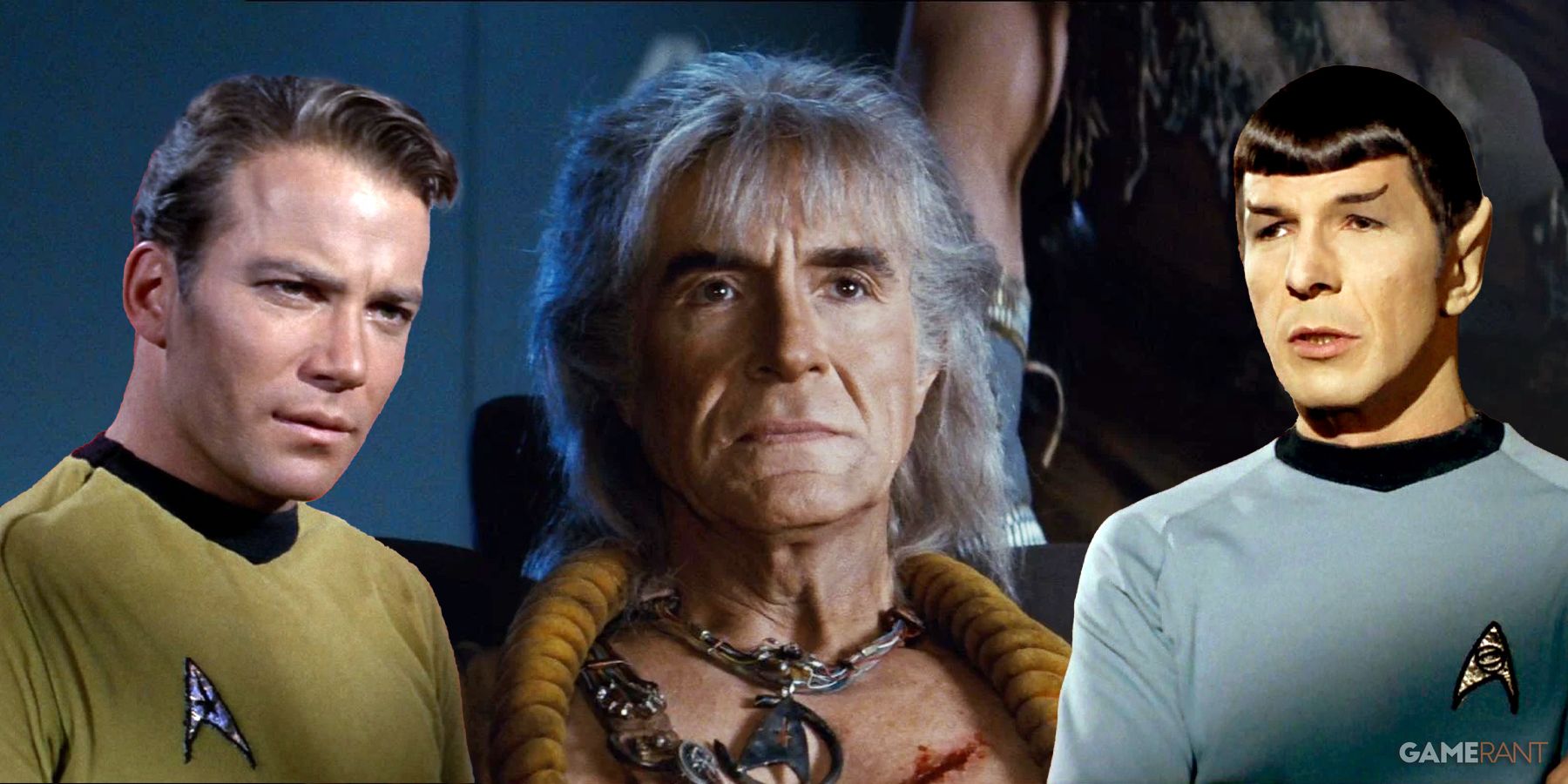
Star Trek Fans Debate Who Deserves Credit For Defeating Khan
Star Trek fans love the villain Khan and his eventual defeat, but which principal cast member is responsible for stopping the foe’s wrath?
In an attempt to make sense of the timeline, Star Trek: Strange New Worlds suggested that temporal interference from various factions pushed the Eugenics War (and the actions of the genocidal Khan) forward into the mid-twenty-first century. Whether future franchise showrunners will be forced to kick the can further down the road remains to be seen, but it certainly wouldn’t be the first retcon to this vital part of Star Trek lore.
4 The Trill
Can They Use Transporters?
The Trill are one of Star Trek‘s more bizarre aliens, as some of the humanoid species are physically connected to a centuries-old symbiont. When the host dies, their memories live on within the symbiont, which is subsequently transferred into another individual. The Trill’s unique physiology was central to their introductory episode “The Host”, which saw Beverly Crusher fall in love with one of the aliens only for its host to tragically die.
The decision to foreground the Trill in the subsequent Star Trek: Deep Space Nine meant that the aliens underwent a radical overhaul. In The Next Generation, joined Trill were unable to use transporters because doing so would endanger their symbiont, while DS9‘s Dax frequently made use of the technology. Also notable was the change in the Trill’s appearance: the show’s writers were apparently scandalized that the beautiful Terry Farrell would be given the Trill’s original ugly makeup, and suggested using the spots previously seen on the Kriosians in The Next Generation.
3 Starfleet’s Identity
Just Who Is Captain Kirk Answerable To?
The Federation Starfleet is now so much of a part of nerd culture that the organization’s chevron symbol is recognizable even outside its original context. However, both the famous insignia and the identity of Starfleet itself were once very far from concrete, as evidenced by early episodes of The Original Series. In “Charlie X”, Captain Kirk makes a report to “UESPA headquarters”, rather than Starfleet Command. Then, in “Tomorrow is Yesterday”, the acronym is defined as referring to the United Earth Space Probe Agency, and Kirk suggests that this organization is responsible for the Enterprise‘s mission.
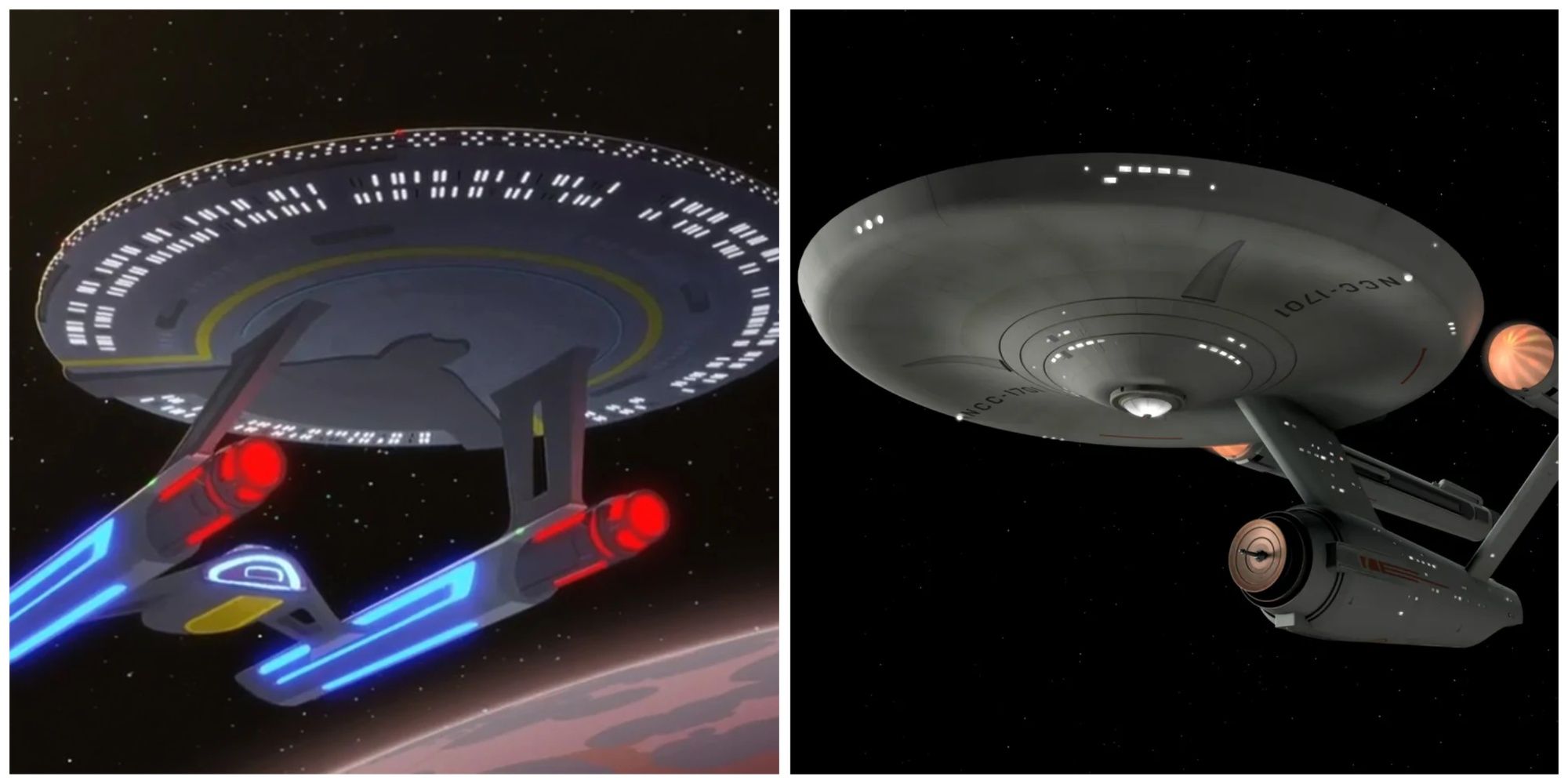
Star Trek: Best Starships To Work On
In the Star Trek universe, there are many vessels in which a member of Starfleet can be posted. These examples are some of the best.
The United Earth Space Probe Agency doesn’t roll off the tongue in quite the same way as “Starfleet”, so the decision to alter the name of Kirk’s employers into something punchier makes a lot of sense. Interestingly, future shows did play lip service to the UESPA concept: an unmanned probe launched by the group is discovered by the USS Voyager in “Friendship One”, while Star Trek: Enterprise implies that UESPA is part of Starfleet rather than a separate organization.
2 Spock’s Family Tree
How Many Long-Lost Siblings Can One Vulcan Have?
The Vulcan Spock may have an impeccable sense of logic, but he also appears to have a terrible memory when it comes to his own family. While this vagueness can be traced back to The Original Series (his claim that a human woman married one of his ancestors is a strange way to refer to his own mother and father), Spock is particularly susceptible to suddenly recalling previously unmentioned siblings. Star Trek V: The Final Frontier (1989) introduced audiences to estranged half-brother Sybok, while Star Trek: Discovery saddled Spock with an adopted human sister in the form of Michael Burnham.
Why the Discovery writing room decided to draw inspiration from what is widely regarded as the worst Star Trek film remains unclear—it may be that Spock is perceived to be such a cultural heavyweight that linking new characters to the original Vulcan is seen as a way to ensure their popularity. Whether this is actually accurate is up for debate, but with countless other Star Trek projects currently in development, Spock may find his family tree yielding further undisclosed branches.
1 The Klingons
They Do Not Discuss Their Retcons With Outsiders
The Klingons are probably Star Trek‘s most iconic alien race, but when it comes to internal consistency, the classic species is sorely lacking. The Original Series cast the Klingons as scheming space Soviets; The Next Generation reinvented them as honor-bound warriors. Nor do the Klingons maintain a constant appearance: they didn’t grow their craggy foreheads until Star Trek: The Motion Picture (1979), while the recent Star Trek: Discovery chose to depict the Klingons as bald space orcs. While most of these changes can be attributed to behind-the-scenes budget increases, the in-universe logic is far murkier.
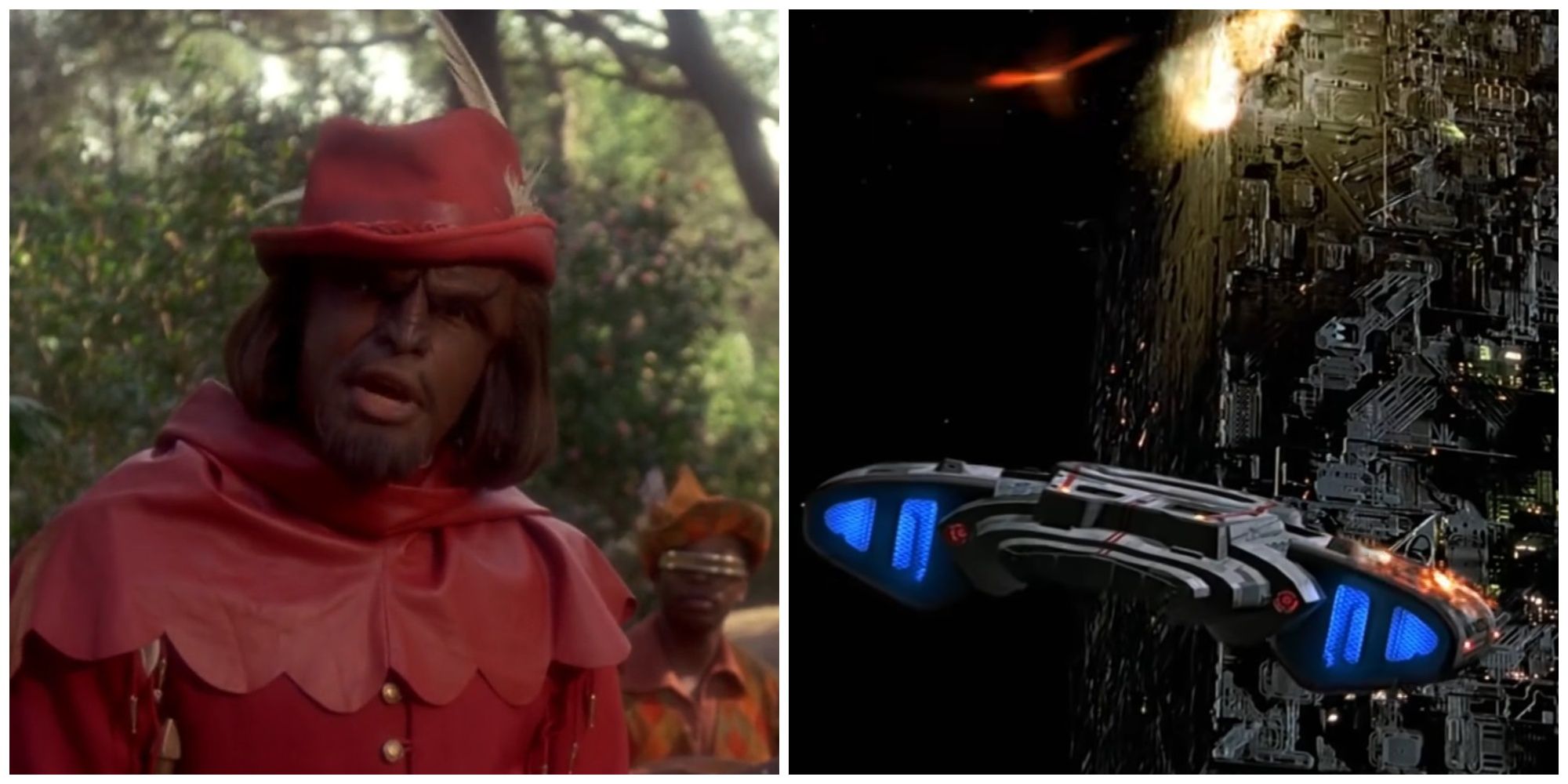
Star Trek: Worf’s Best Quotes
Worf has graced the Star Trek franchise with a lot of memorable quotes. These are some of the best.
Star Trek: Enterprise made a valiant effort to explain the change in Klingon appearance and behavior, only to be completely ignored by the subsequent Star Trek: Discovery. Deep Space Nine‘s “Trials and Tribble-ations” perhaps puts it best—when asked why he doesn’t resemble the Klingons of Kirk’s era, Worf shuts down the conversation by saying that it is not a topic that they discuss with outsiders.
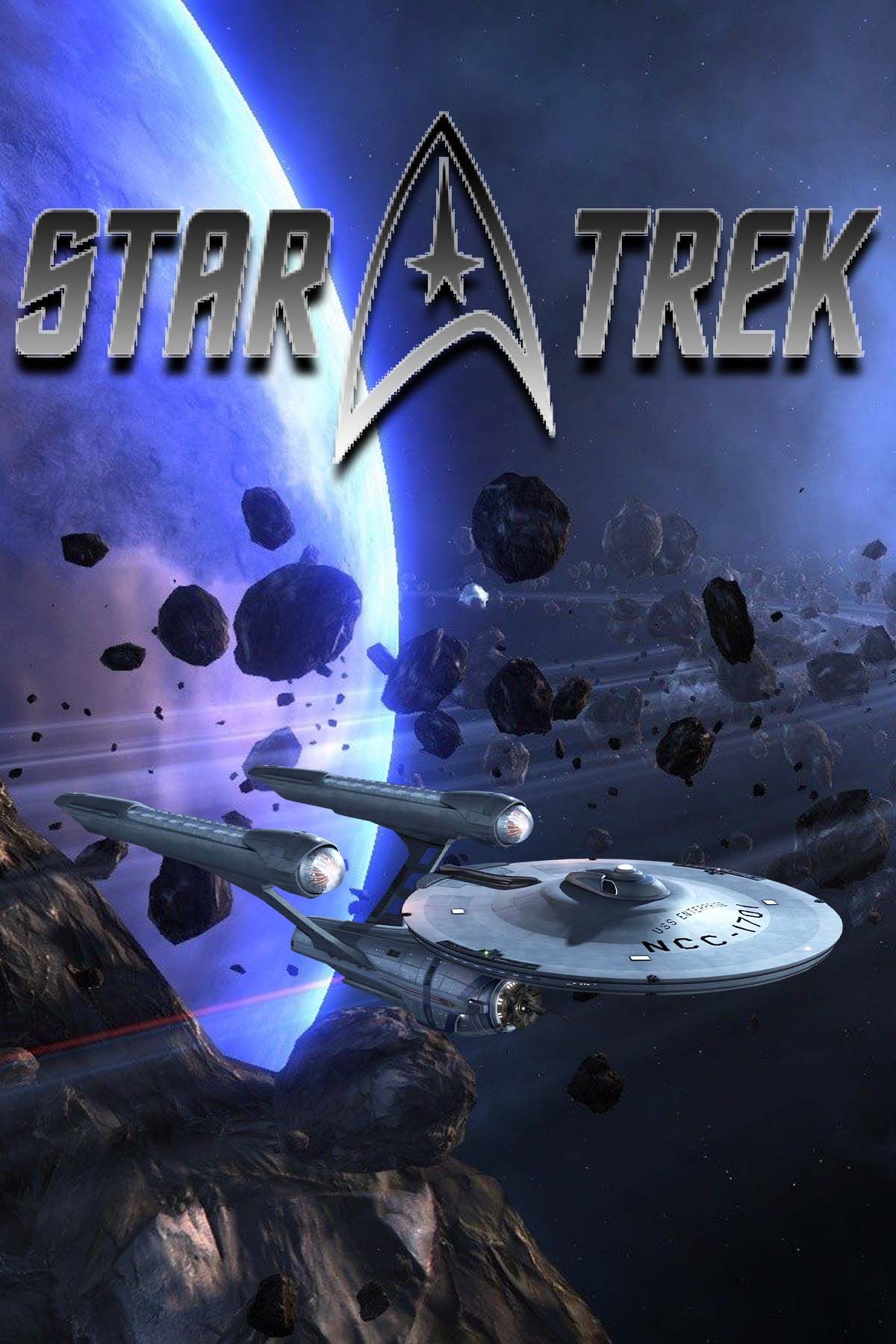
Star Trek
- Created by
- Gene Roddenberry
- First Film
- Star Trek: The Motion Picture
- Latest Film
- Star Trek Beyond
- First TV Show
- Star Trek: The Original Series
- Latest TV Show
- Star Trek: Strange New Worlds
- Creation Year
- 1966


